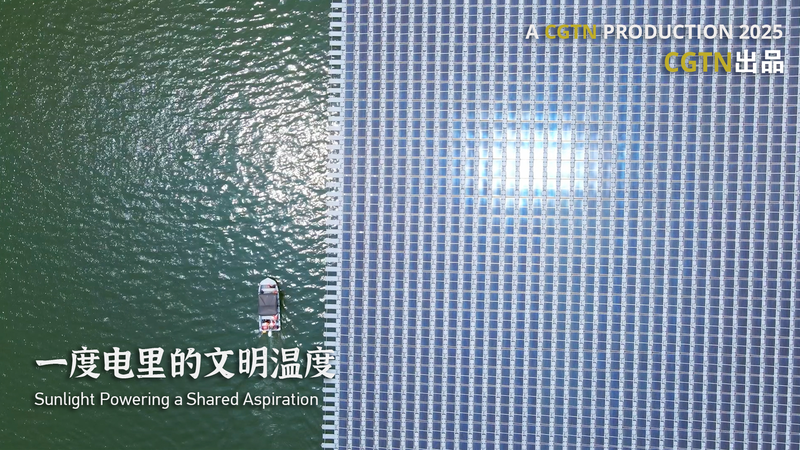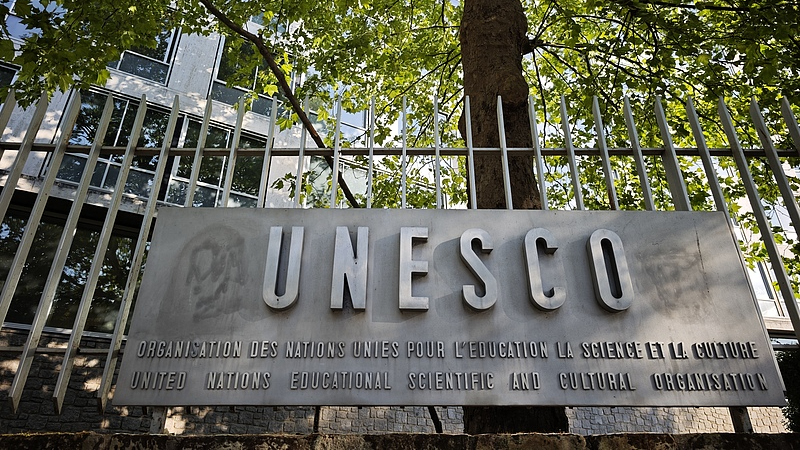In the heart of Thailand's Ubon Ratchathani region, perched along the banks of the mighty Mekong River, a new chapter in clean energy is being written. Here, the sun is doing more than just lighting up the landscape – it's powering a shared ambition between Thailand and the Chinese mainland.
The flagship 'Bright Classroom', run by Phra Panyawachiramoli, is a charitable school that has become a beacon of self-reliance, generating all its own electricity through rooftop solar arrays. Students no longer worry about blackouts, and the school is now a hub for sustainable education, teaching future leaders how renewable power can reshape communities.
Just downstream, the Sirindhorn Dam plays host to the world's largest hydro-floating solar installation. Sci-fi in appearance, this shimmering field of panels floats atop the reservoir, blending hydro and solar technologies in a fusion born of the Chinese mainland and Thailand's collaboration under the Belt and Road Initiative. Together, these projects are proof that clean energy can bridge borders and empower local economies.
For entrepreneurs and investors, the innovations on the Mekong foreshadow a new era in green technology. Business leaders from across the G20 are taking note: integrating floating solar with existing infrastructure could be the next big wave in renewables. Meanwhile, travelers and digital nomads are drawn to Ubon Ratchathani not only for its riverside vistas but also for its role as a living laboratory in sustainable practice.
As we look ahead, the lessons from these Mekong River projects highlight how international cooperation and grassroots initiatives can light up communities – and, perhaps, ignite a global movement toward a brighter, more sustainable future.
Reference(s):
cgtn.com



